Image provided by Malachi Brooks via Unsplash.
TL;DR: Wildfires are becoming more severe and frequent, driven by climate change and expanding development in wildland-urban areas. The costs go far beyond property damage, affecting public health, labor markets, and housing. In 2025, fires in Los Angeles may have caused up to $164 billion in losses. Smoke exposure has led to thousands of premature deaths and billions in health-related expenses. It also reduces earnings and employment, with disproportionate impacts on older workers and communities of color. Forest management and air quality monitoring, including tools like Clarity’s air quality sensors and OpenMap, help reduce these long-term costs.
Severe wildfires are increasing significantly due to climate change. Wildfire seasons are growing longer and posing a greater threat, even to areas traditionally deemed safe. Dry, hot climates fuel the flames while human settlements near wildland areas face heightened danger.
Severe wildfires harm people, ecosystems, and infrastructure. They also contribute to global warming; in 2021 alone, wildfires released a total of 1.8 billion tons of carbon dioxide into the atmosphere.
Another major consideration for wildfires is their financial impact. Wildfires can incur a hefty financial toll. For instance, the LA fires that hit in early 2025 may have caused as much as $164 billion in total property and capital losses. Fires have both overt and unexpected costs, impacting people, communities, and economies for many years to come.
Property damage costs
Property damage is one of the most direct consequences of wildfires. Severe wildfires send homes and businesses up in flames. The January 2025 LA fires, for example, destroyed more than 16,000 structures.
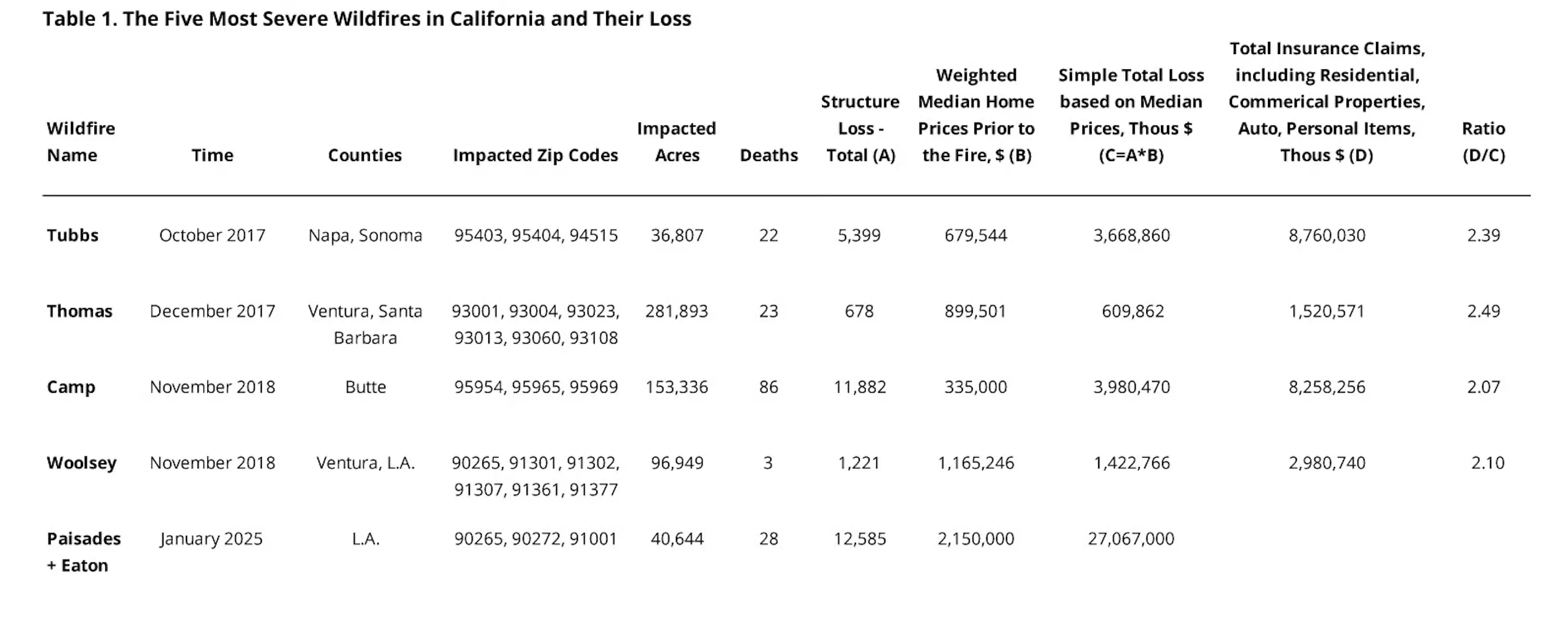
The expansion of Wildland-Urban Interface (WUI) areas throughout the United States is intensifying this risk. WUI areas are places where developed lands meet with wildland. Houses in the WUI are more likely to come up against wildfires. The number of people living in WUI areas roughly doubled between 1990 and 2010.
Wildfire property damage also leads to consequences for the local housing market. Houses exposed to natural disasters are likely to decrease in value and see increased insurance premiums. Fortunately, these house values may not stay lower in the long term, especially when surrounding housing markets also rise in price, but it may take years to recover.
Nearby regions may experience a short-term increase in rental unit demand. This, combined with a reduced housing supply, makes housing less affordable in surrounding areas. For instance, asking rents jumped to nearly 40% in Sonoma County after the Tubbs fire in 2017.
Firefighting costs
Governments spend a significant amount of money fighting fires when they are actively burning. It can cost more than $9,000 to outfit a single firefighter. In 2022 alone, the federal government spent over $4 billion fighting wildfires. Looking at the past five years in the United States, the Forest Service and DOI agencies spent a total of $2,989,051,200 on average each year in fire suppression costs.
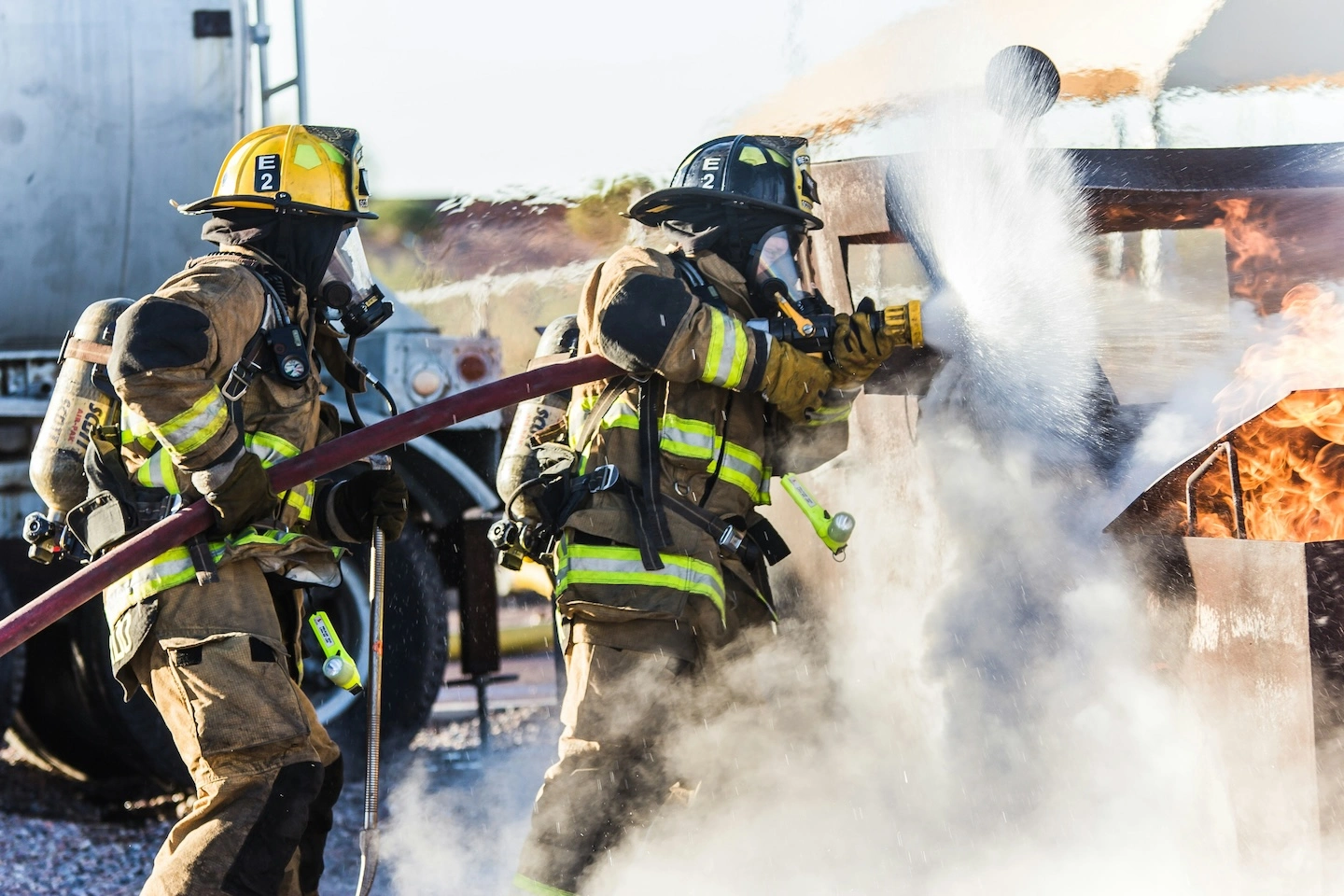
Health-related costs
Not only can wildfires burn you, but they also produce smoke, which is a significant threat to human health. Wildfire smoke contains many harmful compounds, such as carbon monoxide, polycyclic aromatic hydrocarbons (PAHs), black carbon, and particulate matter. WUI area wildfires can even scatter asbestos, lead, and arsenic into the air from burning buildings and cars.
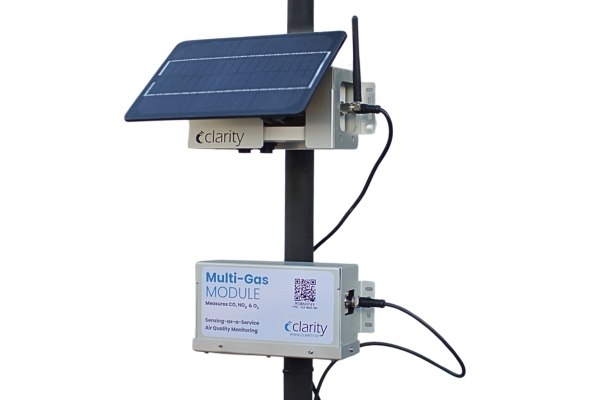
Wildfire smoke can lead to eye and respiratory tract irritation, as well as exacerbation of asthma and heart failure. It can cause premature death. The fine particulate matter produced in wildfires can cause coughing, difficulty breathing, reduced lung function, and pulmonary inflammation.
People with preexisting conditions, children, pregnant individuals, and the elderly may see an increased risk of adverse health effects from wildfire smoke. People of low socio-economic status and outdoor workers may face greater risk and increased exposure.
In the United States from 2006 to 2020, fine particulate matter from wildfire smoke led to approximately 15,000 deaths and a cumulative economic burden of $160 billion. California wildfires in 2018 alone caused $7.8 billion in estimated health costs in the Bay Area. Every year, the premature mortality cost of PM2.5 from wildfire smoke may be approximately $8 billion to $31 billion in the United States.
Labor market costs
Wildfires and wildfire air pollution damage the labor market. Fires may destroy workplaces, limit access to job sites, and create hazardous travel conditions. Smoke exposure decreases employment and participation in the labor force. Following the January 2025 LA fires, fewer workers received paychecks, and individuals spent less time working compared to the same time last year.
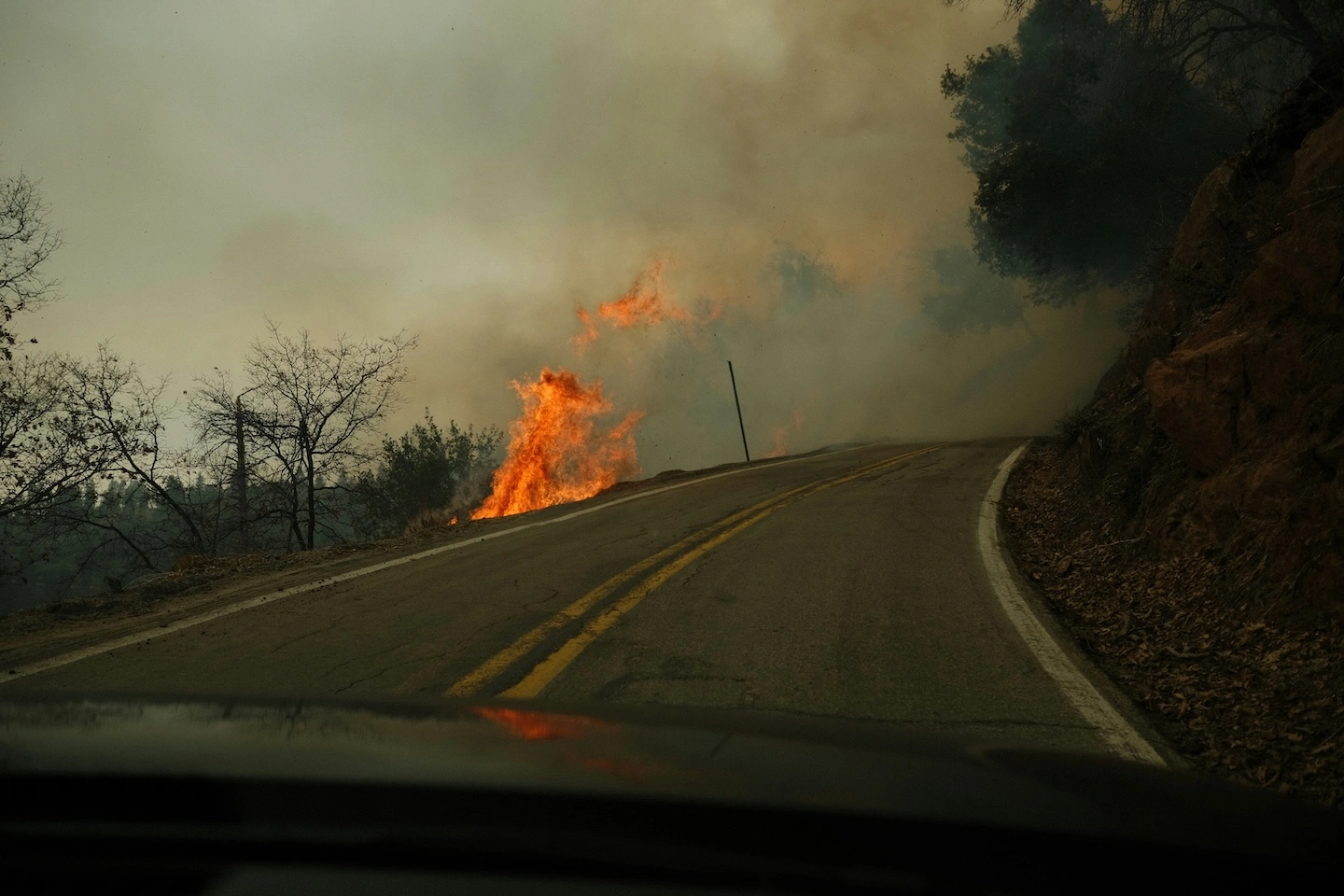
A day of wildfire smoke reduces quarterly per capita earnings by $5.20, or roughly 0.10 percent. Between 2007 and 2019, wildfire smoke reduced earnings in the U.S. by an average of $125 billion per year. This is nearly 2 percent of the U.S. annual labor income.
Increased fire exposure tends to depress employment growth for about three years following the initial event. However, aid from the Federal Emergency Management Agency mitigates these effects. Diverse economies with more educated workforces also tend to be more resilient to wildfire impacts.
These labor market impacts may not affect everyone equally. A variety of sectors experience wildfire damage, including crop production, manufacturing, health care, utilities, and real estate. Wildfires reduce earnings for people of all ages, but the impact is worse among older workers. Notably, declines in earnings are roughly 60 percent greater in counties with populations that have an above-median proportion of African American residents.
Wildfire resilience strategies
In addition to fighting climate change, there are other ways to reduce severe wildfires and prevent the high costs they incur. One major reduction strategy includes ecological forest management. Healthy, properly managed forests are likely to be far more resilient to larger-scale forest fires. For instance, controlled burns can prevent foliage buildup that would fuel a larger uncontained fire.
Ecological forest management is far less expensive than the high costs of firefighting and fire-related damage. One organization that recognizes this is Blue Forest, which builds partnerships and secures funding for critical forest restoration projects.
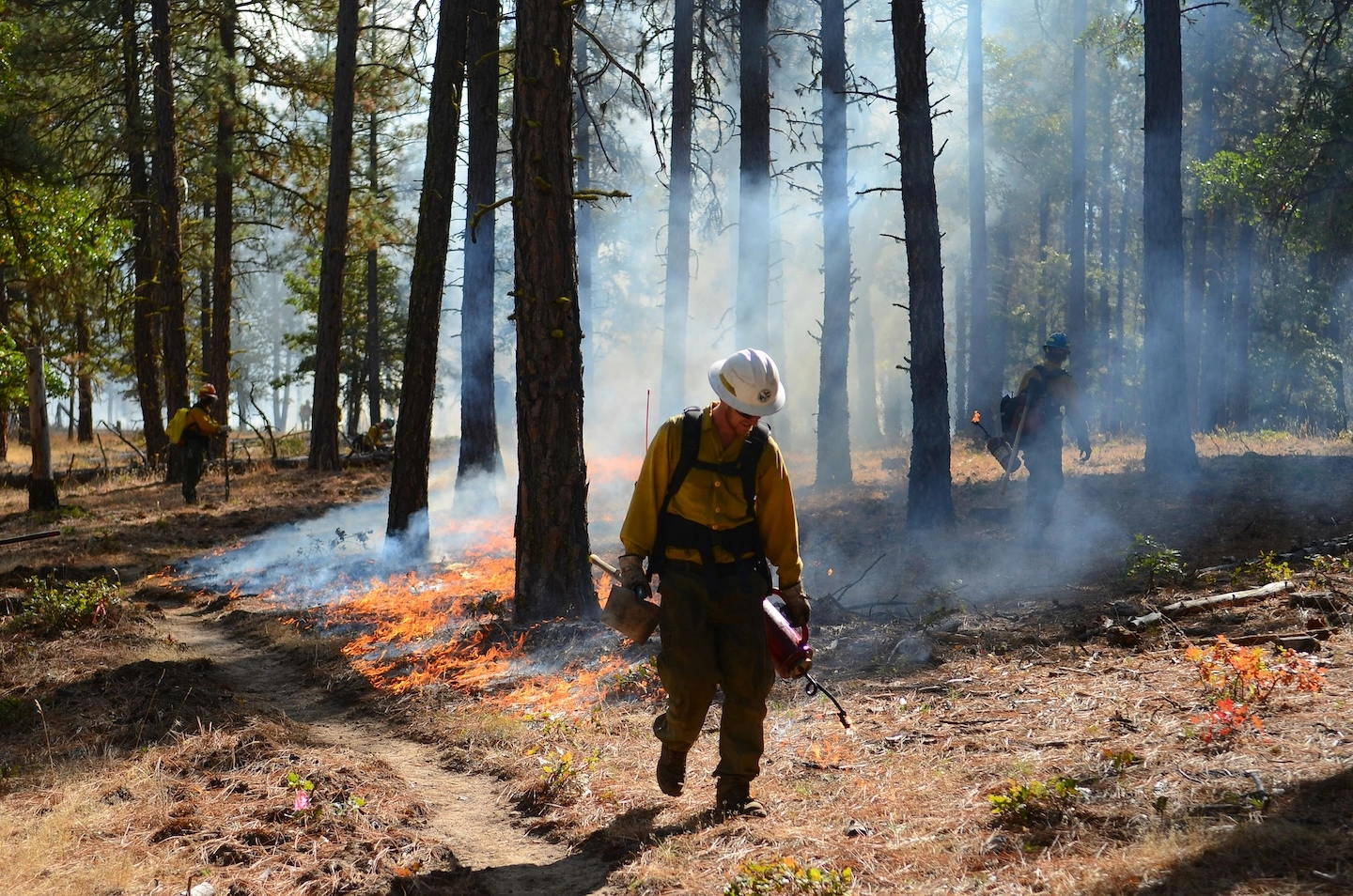
On an individual level, resilience strategies include using fire-resistant materials and thoughtful garden planning to protect your home from wildfire damage. Checking your local air quality index (AQI) can be a great way to determine if the ambient air is safe. Clarity’s OpenMap can be found here. Stay inside and wear a mask when appropriate to better protect against adverse health effects from wildfire smoke.
Take action to protect your community from wildfire air pollution impacts
While wildfires carry a steep financial cost, the health impacts of smoke can be reduced through effective air quality monitoring and increased public awareness. Building a local air quality sensor network with Clarity is a powerful way to help communities stay informed and protected.
.jpg)